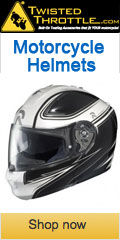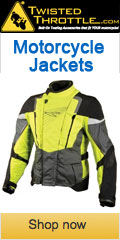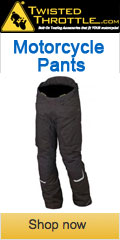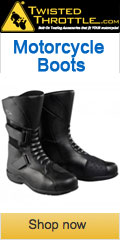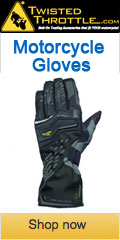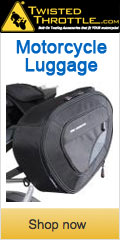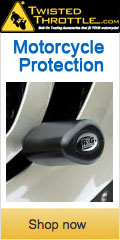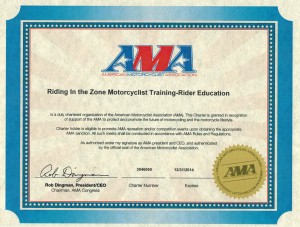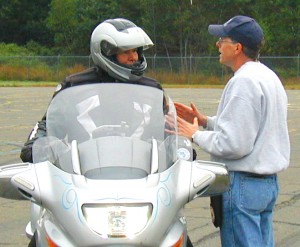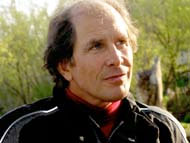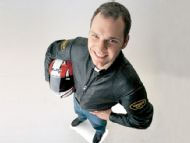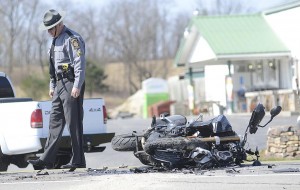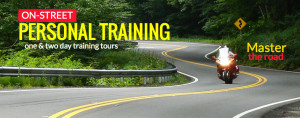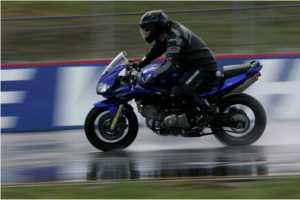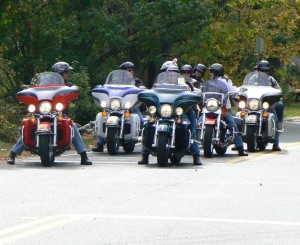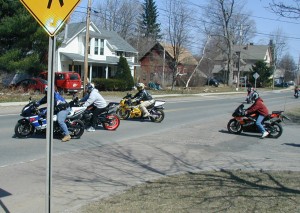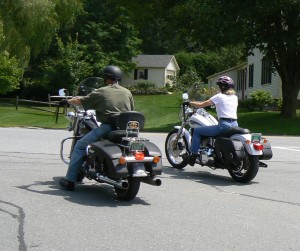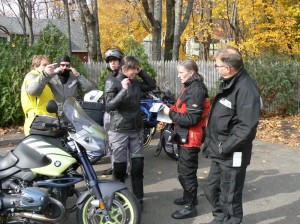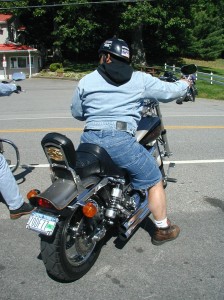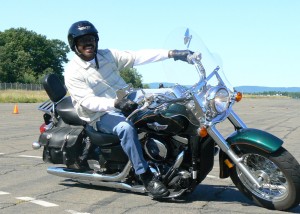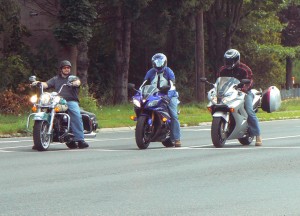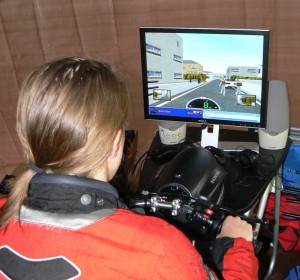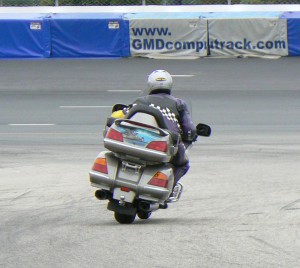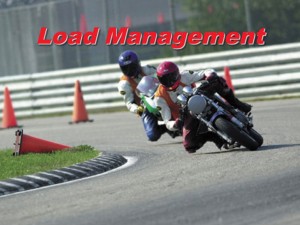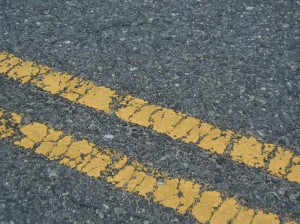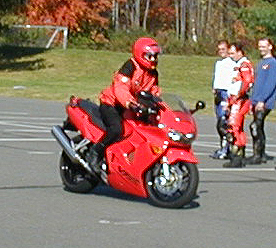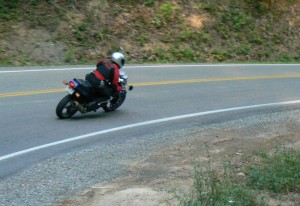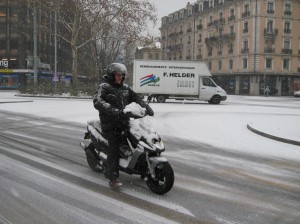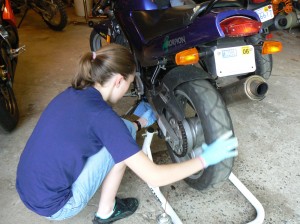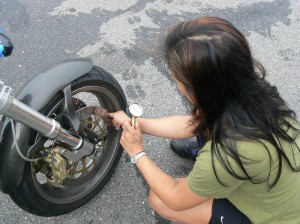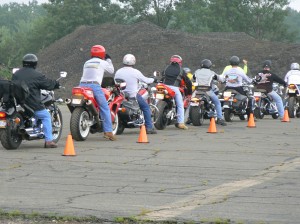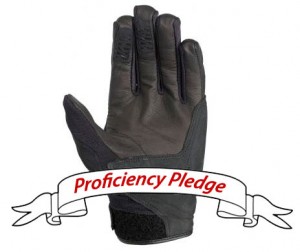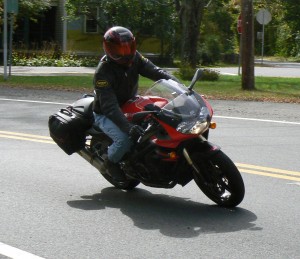
1.Thinking You Are Better Than You Are
Overconfidence and an inaccurate, overinflated self-image is responsible for a lot of motorcycle crashes. This is certainly true with young men (the majority of crashes in MA involve young sportbike riders). But, you old guys (and gals) aren’t immune. So, listen up.
Most motorcycle riders are average, at best. On the surface, they look competent enough, but when the going gets rough, their weaknesses become apparent. Everyone should occasionally look in the mirror to try and identify their weaknesses and then act to turn those weaknesses into strengths.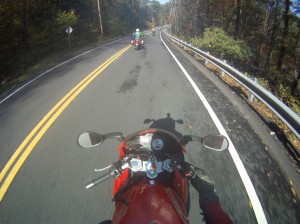
2. Succumbing to Pack Mentality
Group Riding can make the most level-headed rider do really stupid things. It’s something about the energy of a group, in combination with the need to prove that you’re a good rider that often fuels bad behavior. I’m not immune. Knowing that I can get sucked into riding too fast (for the street environment) causes me to be very selective about who I ride with.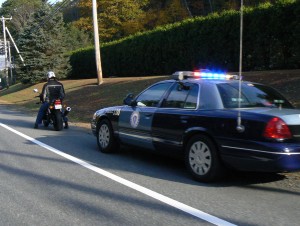
3. Speeding in All the Wrong Places
Riding too fast for the street environment is one of the stupidest things you can do on a motorcycle. Yes, it sucks to get pulled over, but it sucks more to crash because you simply didn’t respect the reality of street riding. Errant cars, animals and pedestrians can jump out from anywhere and sand, gravel and fallen branches often lurk around corners undetected. I like riding fast, but not too fast. I reserve the really fast stuff for the racetrack.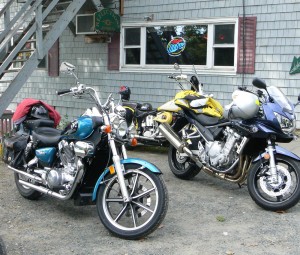
4. Mixing Alcohol with Riding
Are you kidding me? As if being an average rider isn’t dangerous enough, are you willing to add impairment to the equation? Talk about stacking the deck against you. Listen, I like drinking a beer or two just like the next guy (or gal), and there was a time long ago when I would even jump on the bike after having a few. Thankfully, I survived those days.
You may think you’re fine to ride with one or two cold ones having passed your gullet, but combining drinking or other impairments with riding is totally counter to managing risk. I’m not your father, so do what you want. But, I ask you to please refrain.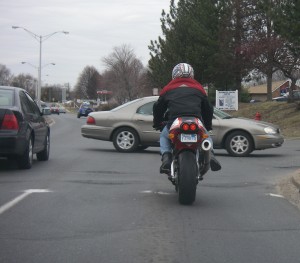
5. Failing to Predict Danger
Close calls are a warning. Crashes are the result of you not heeding those warnings. The best riders develop a sixth sense about their surroundings. They scan the roadway looking for anomalies and evaluate if anything is “wrong with the picture”. They are actively searching for problems and are way ahead of the situation, because they are prepared. By “preloading” hazard scenarios into their mind, they are already halfway toward managing any hazard. Try it. Not only does it make riding safer, it’s also fun, like a video game. Don’t let them get you!
Add to the list in the comment section, below.
Please Donate to Keep the Articles Coming
If you liked this article and the many other articles on this site, please toss a buck or five into the hat. It’s greatly appreciated!
- Click the PayPal “Pay Now” button.
- Then indicate quantity in $2.00 increments. – Example: put “2” in “QUANTITY” field to donate $4.00, “3” for a $6.00 donation, etc.
Why $2.00? Due to the PayPal fee structure, a $2.00 donation is significantly more beneficial compared to a $1.00 donation.
Thank You!
Check out these related posts:
- How to Ride a Motorcycle Slowly
- 5 Habits you need to fix, NOW!
- Peer Pressure
- Visualization Can Save Your Life
- Knee dragging 101: Fundamentals You Need to Know
